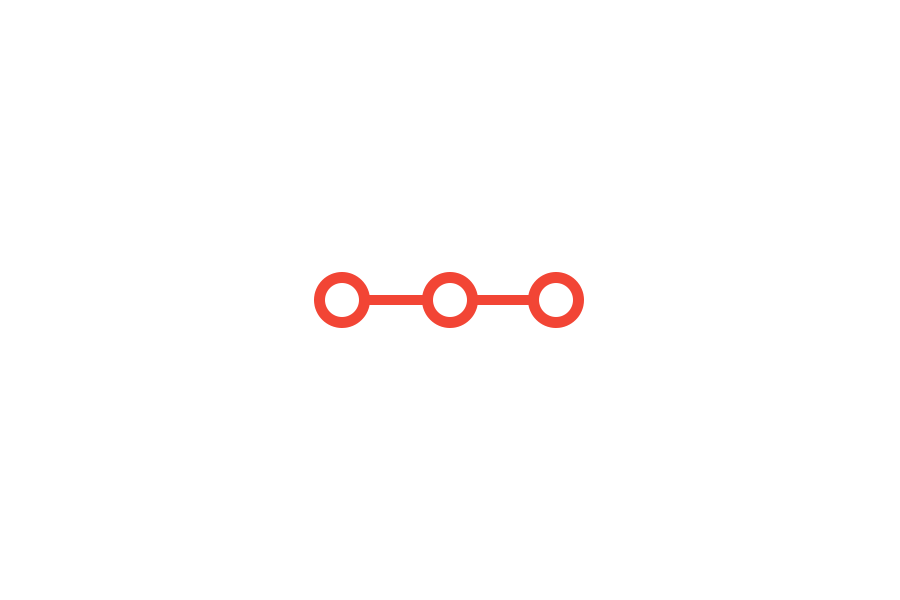
Types of Pump Maintenance
Let’s be honest, most of us don’t think about our pumps until they start making a noise that sounds like a robot dinosaur in pain. But just like a car, a pump needs a little love and attention to avoid a total meltdown. Understanding the different Types of pump maintenance is the key to a long, productive life for your equipment and a peaceful, non-dramatic workday for you. Think of it this way: a little effort now saves a lot of swearing (and cash) later.
This guide will walk you through the main ways to care for your pump, from the “doctor’s visit” check-ups to the “emergency room” repairs. Whether you’re a seasoned pro or just getting started, this simple breakdown from your friends at pumpsservices.com will give you the know-how to keep everything flowing smoothly. So, grab a coffee, and let’s dive into the world of pump maintenance.
Preventive Maintenance: The “An Ounce of Prevention” Plan Types of Pump Maintenance

Preventive maintenance is the equivalent of taking your pump for a regular check-up. You’re not waiting for a cough; you’re just ensuring it’s still in good shape. This is the cornerstone of all innovative pump services. It involves scheduled tasks to prevent failures before they even happen. The main goal is to perform minor interventions regularly so you never face a significant, wallet-emptying catastrophe.
So, what does this involve? It’s all about regular inspection. A good preventive routine includes checking the oil level, performing bearing lubrication, and inspecting pump components for any signs of wear. It’s also the perfect time for filter maintenance. Think of the filter as your pump’s kidney—if it gets clogged, bad things happen. A consistent preventive maintenance schedule is the best thing you can do for the health of your equipment.
Predictive Maintenance: The Crystal Ball Technique
If Preventive maintenance is a regular check-up, then Predictive maintenance is like having a high-tech crystal ball. This advanced approach doesn’t just rely on a calendar; it uses data and condition monitoring to predict when a failure might occur. Predictive pump maintenance is all about being smarter, not just working harder. It tells you exactly what needs attention and when, so you can fix it on your schedule, not the pump’s.
This method keeps its ears and eyes open for subtle clues. Technicians will monitor for unusual noise and vibration, often the first whispers of a problem like imbalance or misalignment. They’ll also check for cavitation (that rumbling sound that means your pump is starving for fluid) and monitor suction and discharge pressure readings for anomalies. You can plan repairs without disrupting your operation by catching issues at this stage. It’s the VIP treatment for your pump.
Corrective Maintenance: The “Oops, I Spilled My Coffee” Fix

Alright, let’s talk about Corrective maintenance. This is what happens when your pump finally gives in. It’s the “fix-it” mode you enter after a failure has been detected. A small amount of this is inevitable—sometimes a seal just gives up the ghost. This type of repair involves replacing a worn-out impeller or fixing a leak after you inspect seals and connections and find a problem.
The key to corrective maintenance is to keep it minor and manage it. It becomes a big, expensive problem when it becomes its evil twin, Reactive maintenance. The difference is that corrective work is planned and contained. You notice a minor issue during a regular inspection, like a need to inspect the gasket for oil leaks, and you schedule the repair. This is a regular part of pump maintenance and is far better than the alternative.
Recent Posts
- Split-Case Centrifugal Pump Maintenance
- Pump Maintenance and Pump Alignment Services in KSA
- Laser Alignment Services
- Pump Testing and Commissioning
- Pump Maintenance Company in Saudi Arabia
Reactive Maintenance: The “Fire Drill” Emergency
Reactive maintenance is the “run around with a fire extinguisher” strategy. It’s what happens when you ignore all the other Types of pump maintenance and your pump decides to go on strike in the most dramatic way possible. This is an unplanned, breakdown-based approach. It’s stressful, expensive, and often leads to much more damage than the original problem.
In Reactive maintenance mode, you’re not just replacing a seal; you’re probably replacing the entire shaft, bearings, and housing because one small failure caused a catastrophic domino effect. A simple task that would have been part of a Preventive maintenance plan, like checking the bearing lubrication level, was ignored, leading to a seized bearing and a dead pump. This is the most costly and inefficient pump service, and it is best avoided at all costs.
A Handy Little Checklist for Your Pump Maintenance Routine
To help you stay on top of the good stuff (and avoid the bad), here’s a simple list of tasks that should be part of your routine. You don’t have to do them all at once, but making them a habit is the secret sauce.
-
Listen and Feel: Listen for unusual noise and vibration. Your pump will tell you when it’s unhappy; you must listen.
-
Lubrication is Key: Regularly lubricate bearings and check the oil level. Also, check for foaming or oil discolouration, indicating water contamination or other issues.
-
Keep it Sealed: Inspect seals and connections, and inspect the gasket for oil leaks. A small leak today is a giant puddle and a big repair tomorrow.
-
Pressure Check: Monitor the suction and discharge pressure. A sudden change is a major red flag.
-
Cavitation Watch: Always check for cavitation. That gravel-in-a-can sound is your pump crying for help.
Wrapping It Up: Choose Your Pump Maintenance Adventure
As you can see, you have choices. You can be the hero who practices smart Preventive maintenance, the visionary who uses Predictive maintenance, or the frantic hero who battles Reactive maintenance emergencies. The choice is yours! A good pump maintenance strategy will mix preventive, predictive, and some planned corrective work to keep your operations running like a well-oiled machine (pun intended).
If all this sounds like a lot to handle, don’t worry! You don’t have to do it alone. The team at pumpsservices.com is here to help with all your pump services needs. From a simple regular inspection to a complete Predictive maintenance program, we’ve got your back.
Got a question or a pump that’s acting up? Reach out to us!
Phone: +966597747661
Email: info@pumpsservices.com
Let’s keep those pumps running
